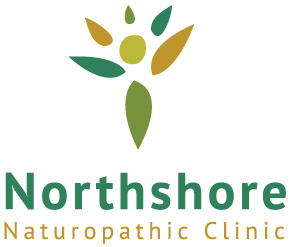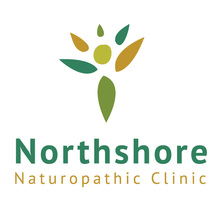By Dr. Matsen
Vitamin D is routinely prescribed to aid in the absorption of calcium. The recommended dosages of vitamin D have been gradually increasing; a few decades ago, doctors prescribed a few hundred International Units (IU) per day whereas some doctors today recommend 1,000 IU’s per day.
Recent research with Sarcoidosis has shown, however, that vitamin D can aggravate some people with autoimmune diseases. Your skin makes active vitamin D—1,25-dihydroxy vitamin D—when exposed to the sun’s rays, and surplus D can be stored in your body fat in an inactive form. Your liver can partially activate vitamin D but it is your kidneys that normally fully activate 1,25-dihydroxy vitamin D when the sun isn’t available.
A great insight in the study of Sarcoidosis is that the suspected trigger of this autoimmune disease is a cell wall-deficient bacteria; the macrophage that is trying to destroy this bacteria also makes the active form of vitamin D. It is likely that this “surplus” vitamin D made by your immune system is what drives the granulomatous autoimmune process that eventually destroys the person’s lungs.
Researchers Trevor and Frances Marshall of the Los Robles Regional Medical Center in Thousand Oaks, California have produced a protocol for Sarcoidosis treatment called the Marshall Protocol in which they restrict vitamin D by eliminating exposure to the sun and by eliminating any food or supplements that contain vitamin D. The Marshalls give examples of Sarcoidosis patients who have achieved noticeable improvement of their symptoms just by restricting exposure to the sun and other vitamin D sources, and worsening of symptoms on renewing exposure to vitamin D.
After restricting vitamin D, the Marshalls recommend the use of the anti-hypertensive drug called Benicar, which further blocks the inflammatory process. This is then followed by an extended period of antibiotic use starting with Minocycline to kill the suspected cell wall-deficient bacteria.
I have been trying a naturopathic version of the Marshall Protocol that includes: replacing vitamin D with silica; using celery seed extract as an anti-hypertensive; and substituting aloe vera extracts for antibiotics. Preliminary results have been good with Rheumatoid Arthritis, Scleroderma and Lupus patients. These early results indicate that the cell wall-deficient bacteria may be common in autoimmune complaints and restricting vitamin D may apply to more conditions than just Sarcoidosis.
As a replacement for vitamin D in these patients, I’ve been using silica. Silica is found in all plants but especially in horsetail. Horsetail is one of the “leftovers” from the Carboniferous period when ferns and horsetails predominated along with giant dragonflies and amphibians. In this wet, warm era 270 million years ago, horsetails grew to the height of trees, the dampness being crucial to their growth. With the drier climate of the Permian era, horsetails were replaced by the conifers until there are only a few small types left wherever there is adequate moisture. Perhaps it is this affinity with moisture that aids the kidneys in retaining calcium.
Clinically, silica has been used for hundreds of years in both herbal and homeopathic form and it is particularly known for strengthening nails and hair.


